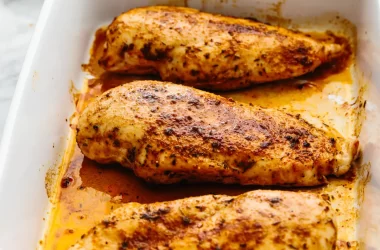A cuisine is any style of cooking generally related to a region or culture, and generally characterized by a unique combination of techniques, ingredients and foods. Regional differences in cooking styles may be caused by climate, topography, social factors such as religion or ethnic groups, the proximity of urban centers and communication systems such as roads and railroads. Regional cooking styles may also be a result of the availability of local ingredients and the ability of those resources to adapt to local conditions.
Many foods were first cooked over a fire, usually in the open air, by people who had no way of learning cooking techniques, and whose only means of preserving food were buckets full of water. As food was more easily preserved through fire, early cultures found it more practical to use fire-hardened clay pots to cook their food. As cooking techniques improved and food was available in more convenient forms, regional differences in cooking techniques began to change. “Dry heat” in Europe means to cook over open flames, which was originally done by campers in tents. In America, this terminology came into play when Native Americans used the sun to dry the meat they were cooking over a fire rather than using water. European cooking in the age of exploration and fur trade focused on drying meats before cooking them over open fires.
A number of factors contribute to why some foods contain undesirable compounds called polyunsaturated fat and trans fat, particularly when cooking is done at high temperatures. These fats occur naturally in some foods, but may be present in foods that are incorrectly heated or are introduced into a food during the cooking process. Polyunsaturated fats cause a rise in blood cholesterol levels, and may be linked to heart disease. Trans fat causes the same rise in blood cholesterol, but may be better understood as a substance that contributes to the sticking of meat to fiber-rich foods, rather than increasing cholesterol levels in the body.
Saturated fats and trans fats were always present in foods before the arrival of the microwave, as they are present in today’s processed foods. Today frying is the most common method of cooking, which makes it difficult to avoid these types of fat. Because of this, cooking times can be adjusted so that foods with these types of compounds will cook more quickly. Making the baked or broiled foods faster allows cooks more time to prepare the foods without having to add extra fat. The practice of quick cooking helps reduce the consumption of fat, but it is not possible to eliminate all sources of these unhealthy fats.
Polyunsaturated fatty acids (PAFAs) have a molecular structure that is slightly similar to that of the human body, which means that they may undergo a type of ” lipid permeability” reaction when heated. The lipids become denser at certain temperature, which results in a release of chemical energy that can speed up food type absorption. This reaction may also make polyunsaturated fatty acids less sticky and harder to remove from a food’s fibre. This makes them less likely to stick to the surface of a stove or oven, resulting in less broken ends or damaged surfaces.
Cooking your foods in a dry heat setting is a good way to preserve the nutritional value of your food, as well as to retain much of the natural flavour of cooked foods. Cooking in a dry heat setting for only a short period of time can destroy or reduce the nutrients that have been leached out during the processing of the food. Foods that are cooked on a dry heat setting will usually retain more vitamins and trace minerals than cooked foods that have been cooked on a hot burner. Although this method may take longer, it is the preferred method of cooking for many people.








